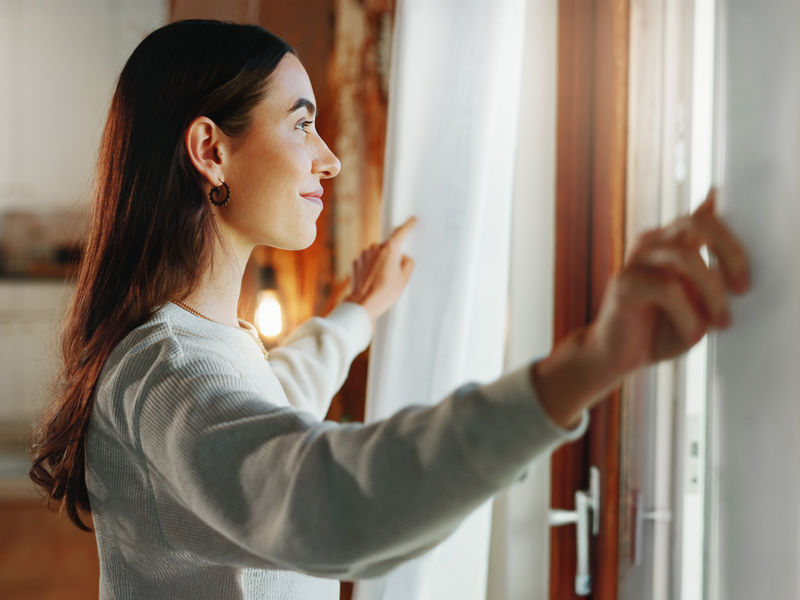Energy Makeover: How can a home energy audit help you save?

When Sarah wanted to make her home more efficient, she needed data — not just guesses — so she turned to an expert. After researching Energy Trust of Oregon trade allies, she booked an in-depth home energy audit with Revival Energy Group.
What is a home energy audit?
Also called a home performance analysis or energy assessment, a home energy audit is a comprehensive, top-to-bottom look at how your home uses — and loses — energy. The goal is to:
Measure how much energy is used for heating, cooling, lighting, appliances and water heating.
Identify where energy is wasted, such as air leaks, outdated appliances or poor insulation.
Recommend and prioritize customized energy-efficiency upgrades with estimated savings and costs.
Many companies that offer audits are also licensed to complete the upgrades, so it's often a one-stop shop. They may also apply your energy audit cost toward the work. If you're wondering how to save money at home, an audit is a smart first step.
How much does a home energy audit cost?
Costs vary depending on the size of your home and the level of detail included, but most professional audits start around $200. Sarah, who paid closer to $450, says, "It's a modest investment that can uncover big opportunities to lower your energy bill and improve comfort."
Inside Sarah's energy audit
Robert, a certified building analyst, spent a few hours at Sarah's home. He inspected the attic, crawl space, appliances and HVAC systems — and brought along some high-tech tools:
Blower door test: A large fan was placed in the doorway to detect leaks and show how airtight the home was.
Infrared imaging: A thermal camera revealed gaps and insulation issues by showing heat loss and cold spots.
Energy modeling software: Using measurements and data, Robert created a detailed performance analysis for the home.
The audit report
Sarah received a 20-page report packed with data, images and personalized recommendations.
The most basic package — air sealing, attic ventilation and insulation — was projected to cut her electricity use by about 20%.*
The most advanced package added energy-efficient appliances like a high-performance heat pump water heater and new windows, offering savings up to 47%, though it came with a higher upfront cost.*
* Estimated savings only. Actual savings will vary depending on circumstances.
Sarah's next steps
With the report in hand, Sarah chose two immediate improvements:
Insulating the attic (she'll do her crawlspace later)
Sealing air leaks in the attic and around windows, doors and baseboards
“Right now, there's some insulation but not much,” she said, “and sealing air leaks before adding insulation will help cut drafts and improve comfort.”
While she hopes to complete more upgrades later, Sarah, a single mom of two, is taking it one step at a time to stay on budget.
Thinking about your home?
Every home is different, but a professional audit gives you a clear roadmap for saving energy at home. Curious what else you can do to save? Check out these resources:
What a comprehensive audit should include:
If you're scheduling a home energy audit, make sure your auditor:
Reviews your past energy bills
Talks with you about comfort concerns
Explains the process clearly
Inspects both inside and outside
Checks electrical and combustion systems
Conducts a blower door test
Provides a detailed report with upgrade suggestions
Ready to explore upgrades?
Learn more about energy-saving home upgrades, rebates and incentives, and ways to lower your energy bill.
Share this article
<Previous Article
5 things to know before going solarNext Article>
Energy Makeover: Evaluating your own homePUBLISHED
Mar 15, 2024
CATEGORY
SAVING MONEY/ENERGYRelated Posts
SAVING MONEY/ENERGY
A cozier, smarter Thanksgiving: Energy efficiency in the kitchen and beyond
SAVING MONEY/ENERGY
Bring in the light: Cozy, efficient ways to brighten winter
SAVING MONEY/ENERGY
Nerding out on energy: A customer’s dashboard story